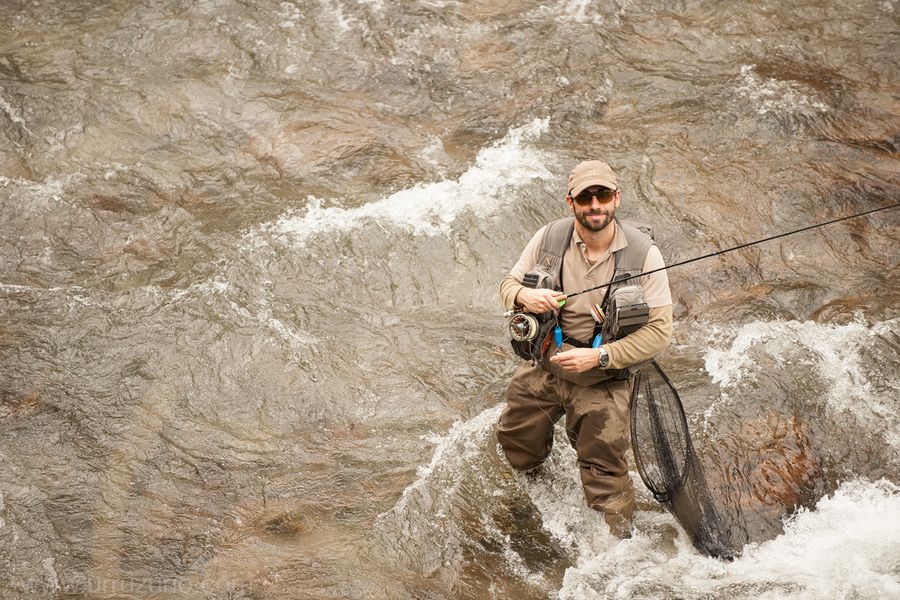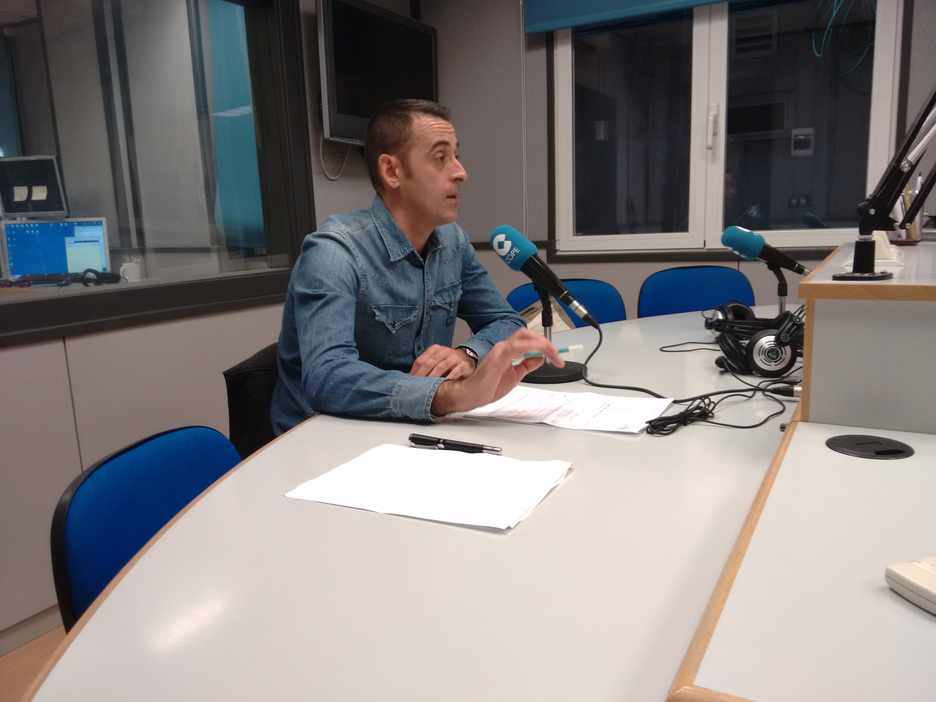
The authors of the short communication Tree-Nesting by Peregrine Falcons in North America: Historical and Additional Records reviewed literature and found 33 North American records of peregrine falcons nesting in trees or snags in Alaska, Kansas, Illinois, Tennessee, Louisiana, Virginia, and British Columbia. To learn more, visit Cornell’s website.Īlthough it isn’t common, tree nesting has been documented in peregrine falcons in the United States as recently as 2013. Both parents incubate eggs for 32-36 days and young stay in the nest for 38-41 days. Peregrine falcons lay two to four eggs per clutch and produce one brood per year. Females assist in later stages of construction by tailoring the scrape to their liking.

Peregrine nests are often started by males, who use their feet and bodies to scrape shallow depressions in whatever substrate is available, including dirt, sand, pebbles, sawdust, nesting debris, gutter run-off, and gravel. Males establish territories and court females with display flights and gifts of food. They usually nest on ledges and in potholes, crevices, and nest boxes, although they sometimes choose open gravel-topped roofs and gutters. Peregrine Falcons breed from mid-March through early June (although reproductive activities may start in early February). This video shows her eating a bat before civil sunrise, which indicates she was out hunting before daybreak. Falcon Michelle brought in little brown bats at Great Spirit Bluff in 20, although they aren’t a common prey item. Bob found a fish in a peregrine nest in Minneapolis and we witnessed a female falcon at Great River Energy bring in a 13-lined ground squirrel in 2008. When the attacked bird dropped it, the Peregrine Falcon recovered it from the air and flew away to eat it elsewhere or bring the stolen prey back to the nest for young. In most cases, a Peregrine Falcon attacked another bird that was carrying prey. It has been documented in Spain (Carrion Crows), Russia (Imperial Eagles, Osprey), and the United States (Osprey, unknown bird of prey). Kleptoparasitism may also be more common than we know. Scavenging is more common in younger birds than older birds, and may be more common in some biomes than others. Peregrine Falcons have also been documented eating small mammals and carrion. In general, the prey remains we find reflect local birds, although peregrines seem to have a preference for large birds, most likely because they provide a larger meal for the amount of effort expended. We’ve found the remains of Pie-billed Grebes, Pigeons, American Robins, Blue Jays, Grackles, Cedar Waxwings, Gulls, Yellow-shafted Flickers, Bluejays, Wilson’s Snipe, Mallards, Gulls, Killdeer, Downy Woodpeckers, Hairy Woodpeckers, Terns, Soras, Rails, and Baltimore Orioles. Peregrine Falcons feed primarily on other birds they catch in the air. To catch up on videos of Great Spirit Bluff, please visit our YouTube channel or scroll farther down this page. Peregrine falcons feed primarily on birds that they catch in the air. To learn more about peregrine falcons in general, please follow this link to the Cornell Lab of Ornithology website. It became active in 2005 and has been productive ever since. We installed it in 2003 at the request of Tom Howe.

This nest box is filled with pea gravel to provide a substrate that cushions and drains the eggs.


They make scrape nests on ledges, potholes, and crevices on cliffs and buildings. Peregrine falcons do not build nests out of sticks. While the male and female leave at roughly the same time, they are not believed to migrate together. The adults stay on territory until late fall. Hatch should begin in early to mid-May, fledge generally occurs 38-40 days after that, and young disperse in late August or mid-September. In general, they return in late February to early March, begin courtship between early and Mid-March, and lay eggs between late March and mid-April. The peregrines are not present year-round. To learn more about the falcons here through the years, scroll down to the ‘nest records’ section. We call the unbanded male Newman and the unbanded female Zooey. The Great Spirit Bluff peregrine falcons are nesting on a bluff located near La Crescent, MN, overlooking Lock and Dam #7 on the Mississippi River.


 0 kommentar(er)
0 kommentar(er)
